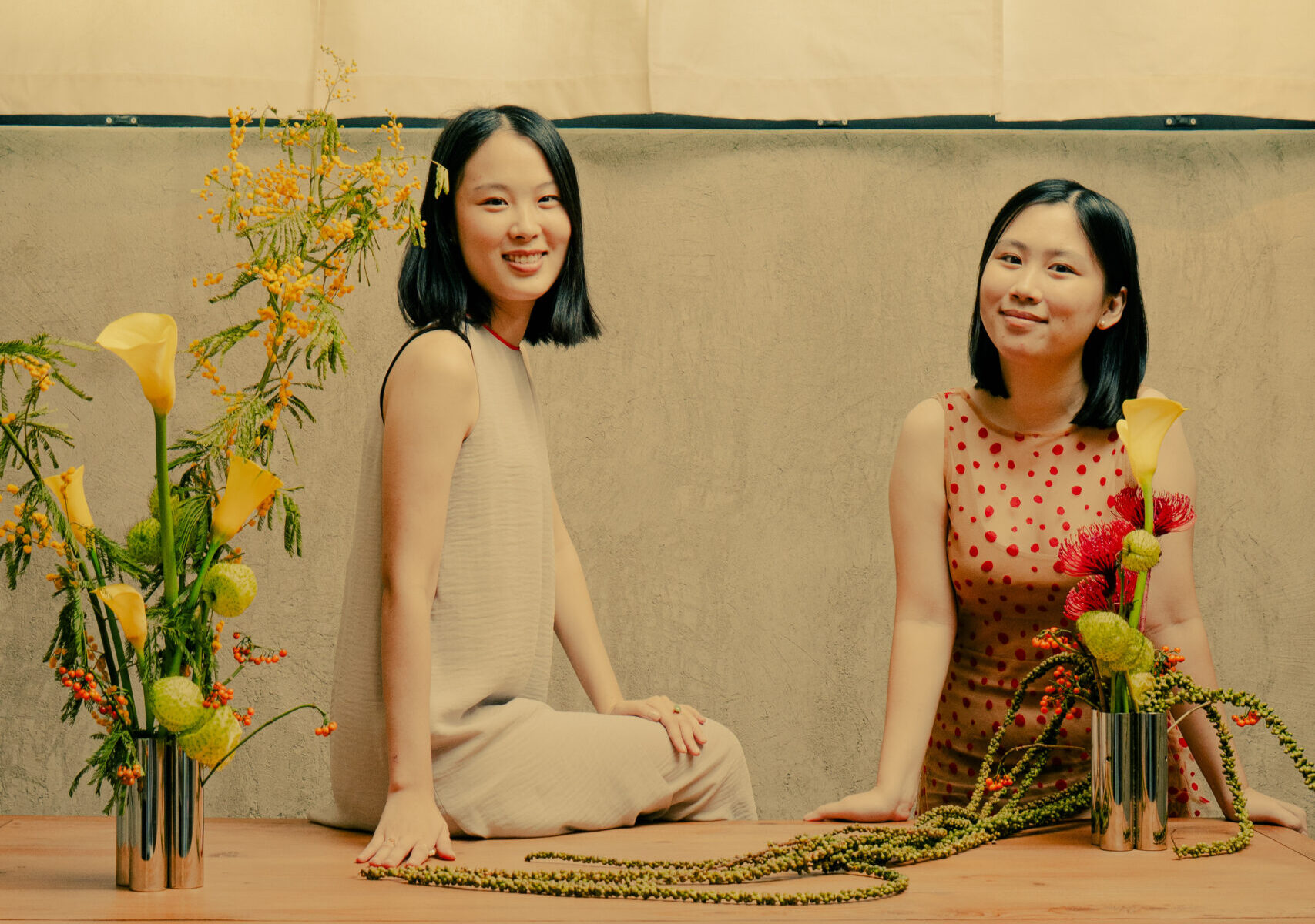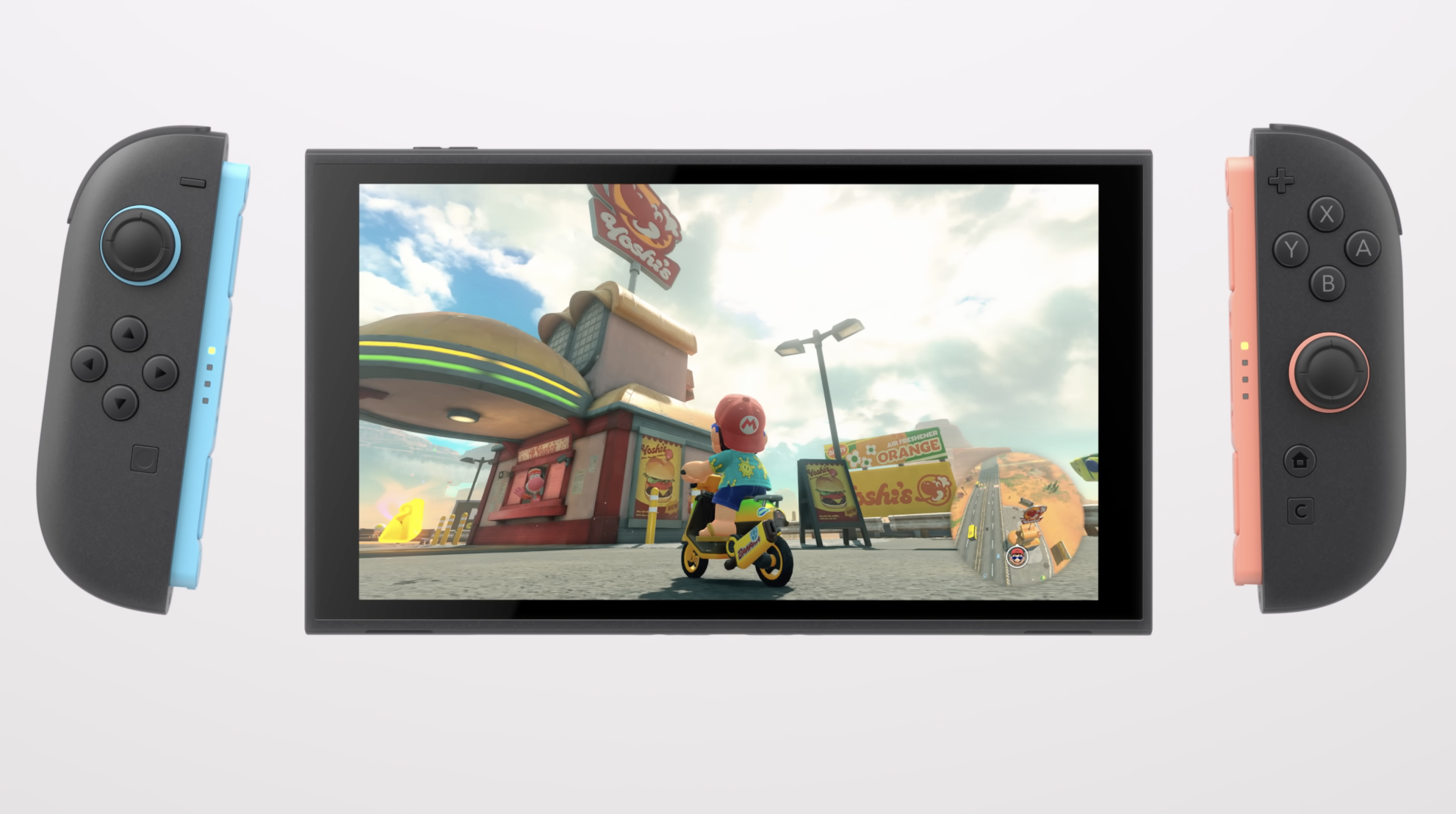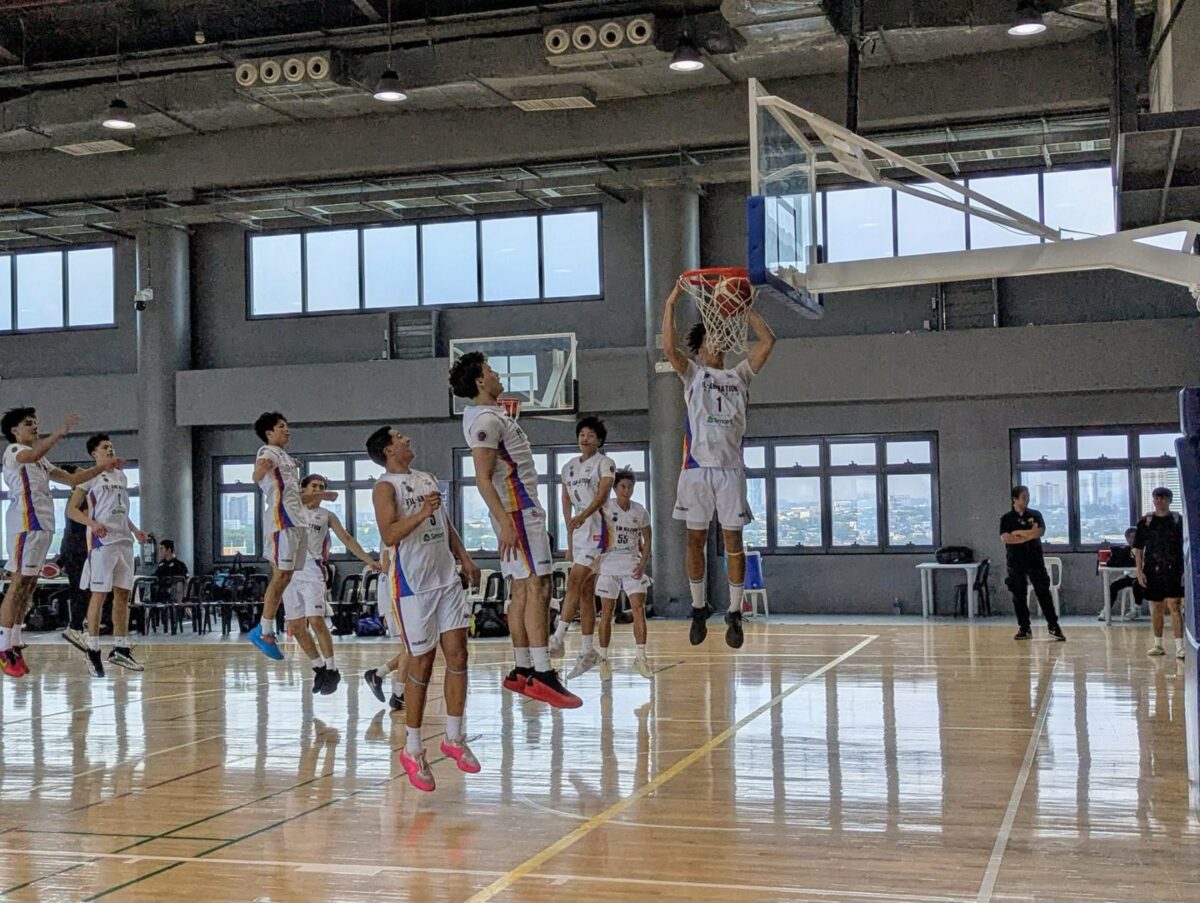McDonald’s and Jollibee have just simultaneously opened their trendy state-of-the-art stores on Commerce Avenue, approaching Ayala Alabang Village.
The classy stores, built side by side, are a daring display of corporate pride, to show the world who’s who in the hamburger war in the Philippines.
Jollibee, however, did something surprising in its new architectural design. It embossed the word “Langhap Sarap” as an integral part of the store’s architecture, fronting the street.
When I saw it for the first time, I was overwhelmed with pride and joy. I boasted to my wife, “See that? I created ‘Langhap Sarap!’” I coined the phrase in 1981 when I was still active as a creative director. It still works. It’s being immortalized!
While the Filipino public has made “Langhap Sarap” a part of its vocabulary for appetizing food, advertising and marketing, people never got tired of discussing the merits of its phenomenal success.
“Langhap Sarap”—what kind of positioning is that? That was the headline of the Marketing RX column written by my friend Dr. Ned Roberto and his son Ardy Roberto. The question was asked by account planners from a large ad agency who were trying to determine where “Langhap Sarap” fits in the various models of brand positioning. Doctor Roberto, the Philippines’ foremost marketing guru, gave a systematic answer from a research point of view.
Let me add my personal assessment of why “Langhap Sarap” is effective for the long term. My point of view emanates from our Filipino cuisine culture.
Native instinct
For an advertising creative director, the discovery of a big advertising idea is fundamentally driven by my native instinct, personal experience in life, and plain common sense.
When Jollibee hired our agency in 1981 to do their advertising, my obsession was overly ambitious. I wanted a Filipino hamburger brand to beat an American brand (McDonald’s), which had just opened its first store on Morayta Street in the heart of Manila.
McDonald’s, an iconic American brand, was intimidating.
There existed among Filipino consumers a preference for American goods. It’s called colonial mentality. The mecca for imported US products called PX was in Clark and Dau, Pampanga.
We did taste tests with our creative team, and we all agreed that Jollibee’s taste was to our liking. I was immediately drawn to Jollibee’s beefy smell, enhanced with spices that were premixed in the patty. I was intrigued by the smell, and I entertained the idea that I could provide Jollibee with the appetizing factor: the distinctive signal of superior taste.
Our olfactory sense is usually the signal for delicious foods. When I was young, my hunger pangs were usually aroused whenever I smelled the aroma of adobo being cooked in Inay Aurea’s kitchen. The aroma, even from a distance, made my mouth water.
The Chinese wok does the same thing, especially when it’s stir-frying over high fire.
In contrast, American cuisine avoids the spicy smell in food. Filipinos living in New York apartments avoid cooking paksiw and frying tuyo, or else their American neighbors call NYPD to report foul odors in the building. Ang sarap-sarap pa naman ng pritong tuyo pag winter!
The difference between Filipino and American appetite appeal is cultural. It depends on the nose. It was natural and easy for me to coin “Langhap Sarap” as Jollibee’s brand claim.
In positioning Jollibee as “Langhap Sarap,” I also deftly repositioned McDonald’s, the American brand, as being not as olfactory as Jollibee. The Filipino taste advantage of Jollibee was obvious and demonstrable.
What’s more, eating Jollibee hamburger in its store intensifies the enjoyment of the product. Hot from the sizzling griddle, in Jollibee’s patty, premixed with secret ingredients and garnishing, “Langhap Sarap” becomes the most delightful eating experience, with aroma in every bite.
Blindfolded
In launching the TV advertising, I created a simple blindfolded taste test, with Jollibee versus Brand X type, to prove that “Langhap Sarap” is the superior Filipino hamburger. It worked like mad! Store sales skyrocketed dramatically in Manila. It also created a big unmet demand in the provinces.
Tony Tan Caktiong, Jollibee’s big boss, smelled blood. He fast-tracked his expansion nationally. Every store opening in the province was a big event with long lines of customers spilling out onto the streets.
I have a streak of nationalism in competing with McDonald’s. My personal approach to doing relevant advertising for the Filipino mass consumer is to “Think Filipino, Feel Filipino, and Talk Filipino.”
I directed our creative team to integrate “Langhap Sarap” in the Filipino family’s value system. We came out with story lines filled with terms of endearment, or what TV director Jun Urbano calls “advertising with a soul.” It was a genre that hit some raw nerves.
It’s the creative person who can navigate his way to “hitting the raw nerves,” because only he can plumb the depths of human instincts and come up with an advertising message.
“Langhap Sarap” is not word-smithing advertising. It’s an all-in-one business model; it’s a product promise expression, an advertising strategy, a product excellence strategy, a marketing strategy, and a product positioning strategy.
Jollibee’s runaway success as the brand leader in the local market is phenomenal.
But it didn’t stop there. Tony Tan Caktiong dreams big. He steered Jollibee toward achieving golden status as the biggest global brand ever to come out of the Philippines.
I join the millions of Filipinos in celebrating with pride and joy the awesome success of a Filipino brand, Jollibee. To think it all began with “Langhap Sarap” 35 years ago, an idea that has settled in the minds of consumers up to the present and on to the future.
And of course, when Tony Tan Caktiong dreams big, he’s unstoppable.
E-mail the author at hgordonez@gmail.com











































